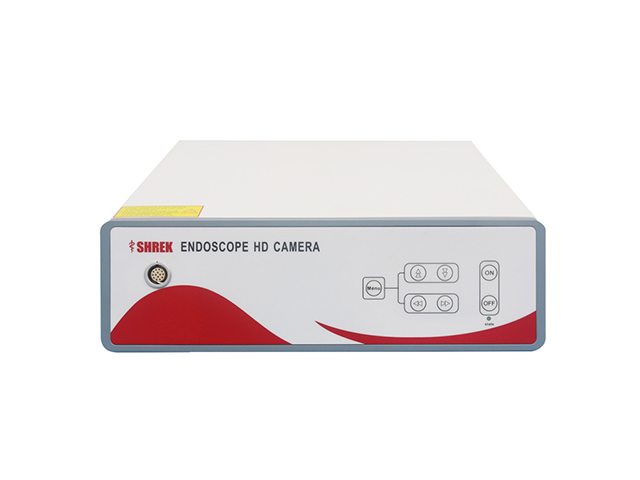SHREK NEWS
What cameras are used in endoscopy?
There are several types of cameras used in endoscopy, depending on the specific application and the type of endoscope being used. Here are some examples:
Fiberoptic cameras: Fiberoptic cameras are commonly used in traditional endoscopes, which use a flexible tube with a light source and a camera at the tip. The camera sends images back through the fiberoptic cables to a monitor, where the physician can view the images in real-time.
CCD cameras: Charge-coupled device (CCD) cameras are commonly used in video endoscopes, which are similar to traditional endoscopes but also have a video processor that converts the images into a digital format. CCD cameras are typically more sensitive and produce higher quality images than fiberoptic cameras.
CMOS cameras: Complementary metal-oxide-semiconductor (CMOS) cameras are becoming more popular in endoscopy due to their low power consumption, small size, and high image quality. They are commonly used in capsule endoscopy, which involves swallowing a small capsule containing a camera that transmits images wirelessly to a receiver worn on the patient's body.
3D cameras: 3D cameras are also being developed for use in endoscopy, which can provide more detailed information about the anatomy and help with surgical planning.
Overall, the type of camera used in endoscopy depends on the specific application and the technology available at the time.




